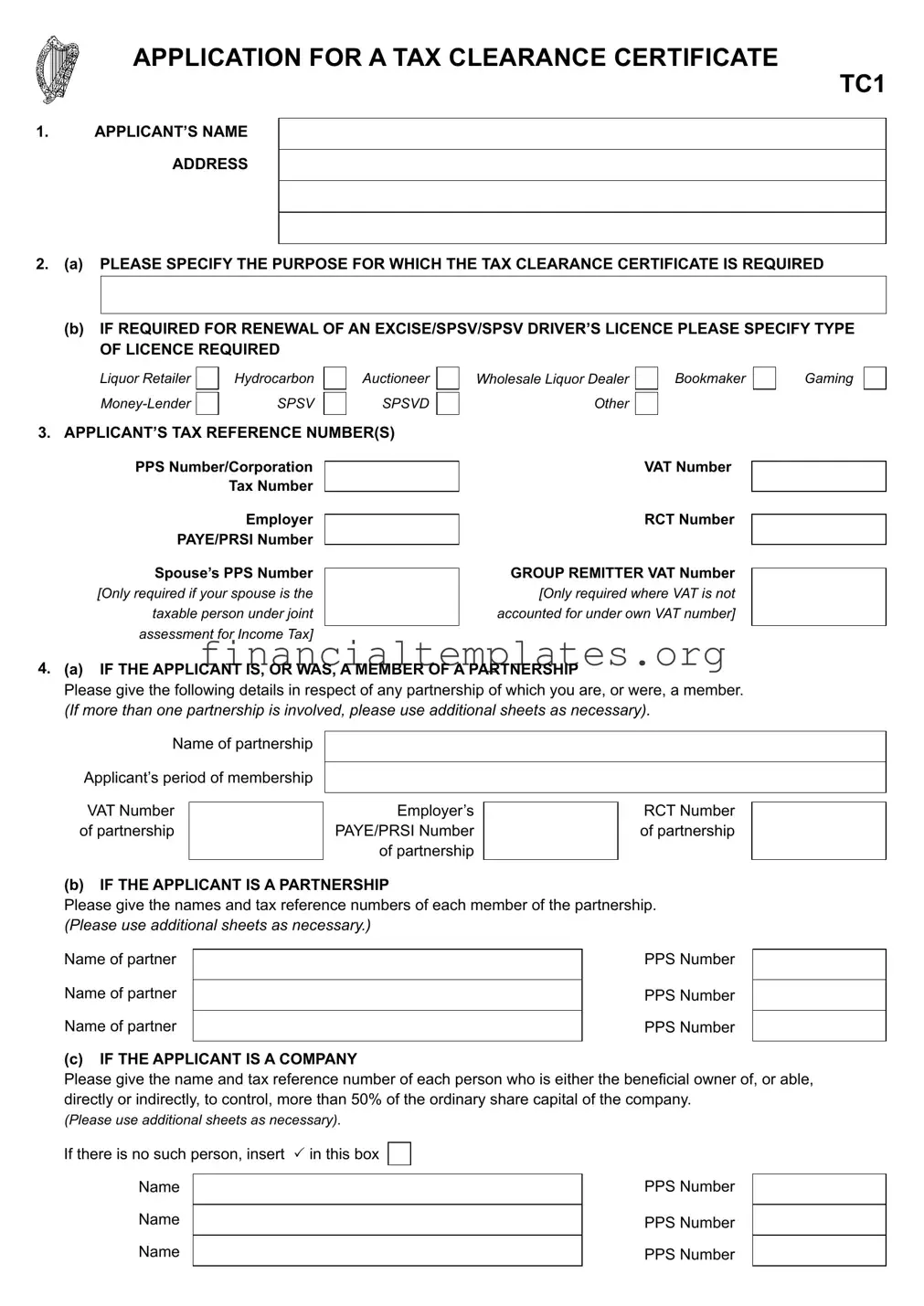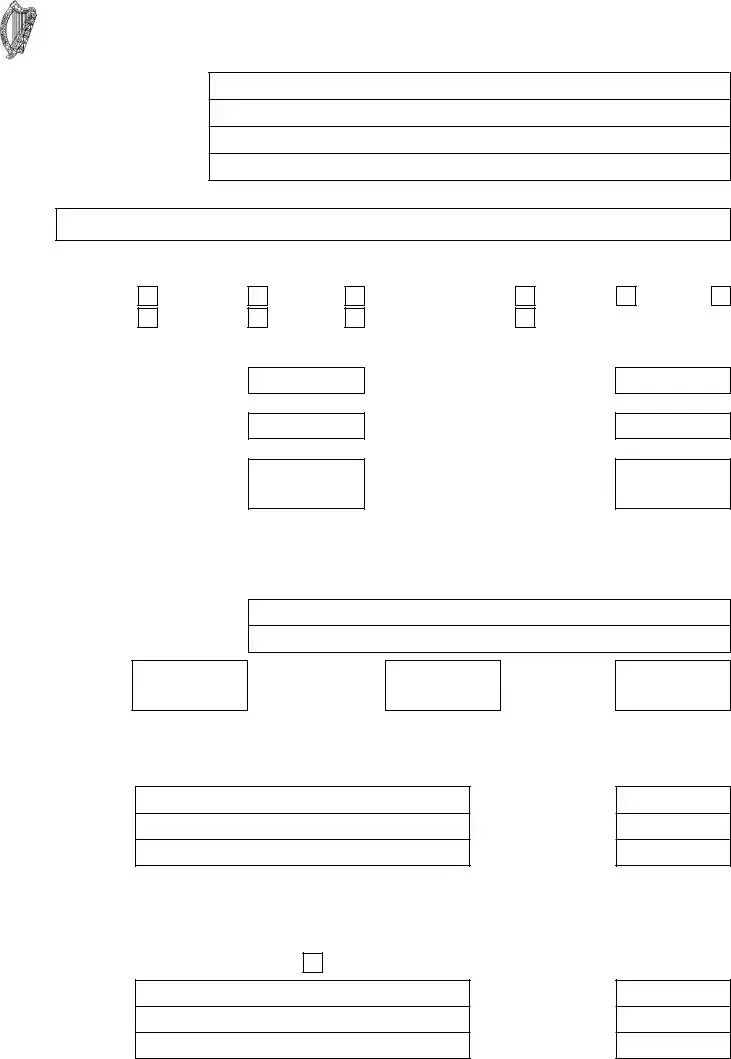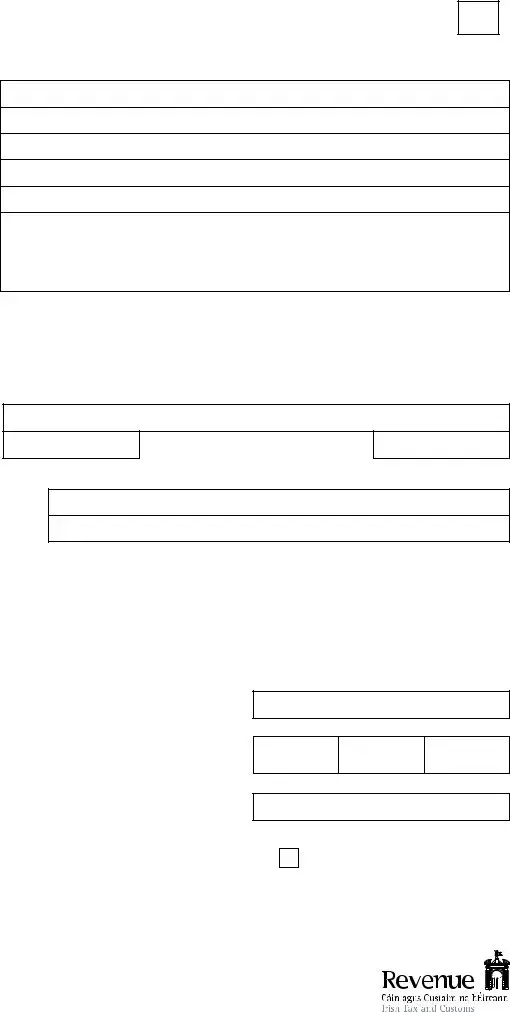The W-9 form, commonly used in the United States for tax reporting purposes, shares some similarities with the TC1 Tax Clearance form. Like the TC1, the W-9 is used to collect taxpayer identification numbers (TINs), including social security numbers or employer identification numbers, from individuals or entities engaged in financial transactions. Both forms play a crucial role in ensuring compliance with tax obligations and serve as a means for tax authorities to gather necessary information to verify an entity's or individual's tax status.
An application for an Employer Identification Number (EIN), often submitted through the IRS Form SS-4, is another document that shares similarities with the TC1 form. This form is required by entities to apply for an EIN, which is used for tax administration purposes. Similarly, the TC1 form collects tax reference numbers and details about the business or individual, such as VAT numbers or PAYE/PRSI numbers, highlighting the parallel in gathering essential tax-related identifiers for regulatory compliance and record-keeping.
The Individual Taxpayer Identification Number (ITIN) application, often processed on Form W-7, also bears resemblance to the TC1 form. The W-7 form is used by individuals who are not eligible for a Social Security Number but still need to file a tax return or open a tax account with the IRS. Both the W-7 and TC1 forms require detailed personal information to establish one's tax identity and ensure proper association with tax accounts and activities.
The Form 4506-T, Request for Transcript of Tax Return, is used to request past tax return information, which indirectly relates to the purpose behind the TC1 form. The TC1 form’s intention to prove tax compliance for specific activities, such as applying for licenses or contracts, necessitates a clear tax history, which can be obtained through a 4506-T. Both forms are instrumental in providing tax authorities and third parties with access to tax data critical for validating tax status and eligibility for certain engagements.
Another comparable document is the Business License Application form that many local and state governments require. This form often necessitates the disclosure of similar information regarding tax identification numbers, the nature of the business, and ownership details. Both this application and the TC1 form serve as prerequisites for legal operation within a given jurisdiction, ensuring that businesses meet all tax-related requirements.
The Sales Tax Permit Application, required for businesses that intend to sell goods and services subject to sales tax, also shares parallels with the TC1 form. This permit application requires applicants to provide comprehensive information about their business, including tax identification numbers and details about their operations. Like the TC1, this process ensures that businesses comply with tax regulations and are duly registered for tax purposes.
Last, the Non-Resident Tax Form, which is required for individuals or businesses conducting operations in a country where they are not resident, is akin to part of the TC1 form. This form is specifically designed to address tax obligations for non-residents, similar to the TC1 form's provision for non-resident applicants involved in government contracts. Both forms facilitate compliance with local tax laws and enable tax authorities to effectively administer tax obligations for non-resident entities or individuals.


